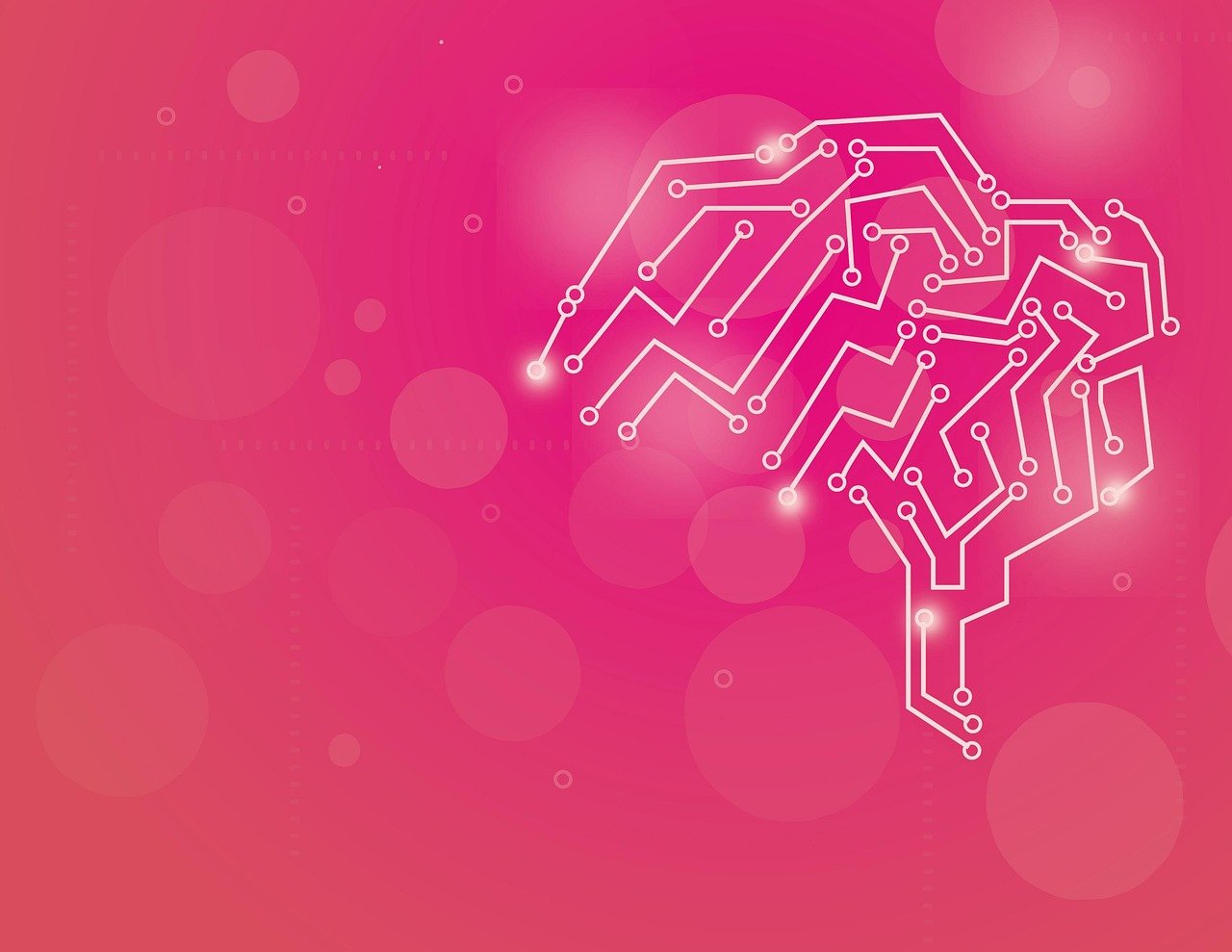Predictive analytics is no longer a futuristic concept; it’s a powerful tool being leveraged across industries to anticipate trends, optimize operations, and make data-driven decisions. By using statistical techniques, machine learning algorithms, and historical data, predictive analytics unlocks the potential to forecast future outcomes with remarkable accuracy, transforming the way businesses strategize and compete. This blog post will dive into the core of predictive analytics, exploring its applications, methodologies, and benefits for organizations seeking a competitive edge.
What is Predictive Analytics?
Defining Predictive Analytics
Predictive analytics is the practice of using data mining, statistical modeling, machine learning, and artificial intelligence to analyze current and historical facts to make predictions about future events. It goes beyond simply describing what happened to forecast what is likely to happen.
Key Components of Predictive Analytics
A robust predictive analytics process typically involves several key components working in synergy:
- Data Collection: Gathering relevant data from various sources, both internal and external. This could include customer data, sales figures, market trends, and operational metrics.
- Data Preparation: Cleaning, transforming, and preparing the data for analysis. This often involves handling missing values, outliers, and inconsistencies.
- Model Building: Selecting and developing appropriate statistical or machine learning models. Common techniques include regression analysis, decision trees, neural networks, and time series analysis.
- Model Validation: Evaluating the accuracy and reliability of the models using historical data. This ensures that the models are performing as expected and provides a measure of their predictive power.
- Deployment & Monitoring: Deploying the models into production and continuously monitoring their performance. Regular updates and retraining are essential to maintain accuracy over time.
Predictive Analytics vs. Descriptive Analytics
It’s important to distinguish predictive analytics from descriptive analytics. Descriptive analytics focuses on summarizing historical data to understand past trends. Predictive analytics, on the other hand, leverages that historical data to forecast future outcomes. Think of it this way: descriptive analytics tells you what happened, while predictive analytics tells you what might happen.
How Predictive Analytics Works
The Predictive Analytics Process
The journey of predictive analytics can be broken down into distinct phases:
- Problem Definition: Clearly define the business problem you’re trying to solve. What are you trying to predict?
- Data Acquisition: Gather all relevant data from internal and external sources.
- Data Preprocessing: Clean, transform, and prepare the data for modeling. This is arguably the most time-consuming but critical step.
- Model Selection: Choose the appropriate modeling technique based on the problem and data characteristics.
- Model Training: Train the model using a portion of the data.
- Model Validation: Test the model’s performance using a separate portion of the data.
- Deployment: Integrate the model into your business processes.
- Monitoring & Refinement: Continuously monitor the model’s performance and refine it as needed.
Common Predictive Analytics Techniques
Several techniques are commonly employed in predictive analytics:
- Regression Analysis: Used to predict a continuous variable based on one or more predictor variables. Examples include predicting sales revenue based on marketing spend or forecasting energy consumption based on weather patterns.
- Classification: Used to predict a categorical variable. Examples include identifying fraudulent transactions or predicting customer churn.
- Time Series Analysis: Used to analyze data points indexed in time order. Examples include forecasting stock prices or predicting demand for a product.
- Clustering: Used to group similar data points together. Examples include segmenting customers based on their purchasing behavior or identifying groups of similar products.
- Machine Learning: Encompasses a variety of algorithms that can learn from data without being explicitly programmed. Includes techniques like decision trees, neural networks, and support vector machines.
Example: Predicting Customer Churn
Imagine a telecommunications company wants to predict which customers are likely to churn (cancel their service). They would collect data on various customer attributes, such as demographics, usage patterns, billing history, and customer service interactions. They would then use a classification algorithm (e.g., logistic regression or a decision tree) to build a model that predicts the probability of churn for each customer. This information can then be used to proactively offer incentives to customers at high risk of churn, reducing customer attrition.
Benefits of Using Predictive Analytics
Improved Decision-Making
Predictive analytics provides data-driven insights that can significantly improve decision-making across various business functions.
- Reduced Risk: By anticipating potential risks, businesses can take proactive measures to mitigate them. For example, predicting equipment failure can enable preventative maintenance, minimizing downtime.
- Optimized Resource Allocation: Predictive analytics can help allocate resources more efficiently by identifying areas where they are most needed. For instance, predicting demand for a product can optimize inventory levels.
- Enhanced Customer Experience: Understanding customer preferences and behaviors through predictive analytics allows for personalized experiences and targeted marketing campaigns.
Increased Efficiency
Predictive analytics automates processes and optimizes operations, leading to increased efficiency.
- Automated Tasks: Predictive models can automate tasks such as fraud detection, credit scoring, and lead scoring, freeing up human resources for more strategic activities.
- Improved Process Optimization: Predictive analytics can identify bottlenecks and inefficiencies in processes, leading to improvements in overall operational performance.
Competitive Advantage
By leveraging the power of predictive analytics, organizations can gain a significant competitive advantage.
- Early Trend Identification: Predictive analytics can help identify emerging trends and market opportunities before competitors do.
- Proactive Strategy Development: By forecasting future outcomes, businesses can develop proactive strategies to capitalize on opportunities and mitigate risks.
Applications Across Industries
Retail
Predictive analytics is transforming the retail industry by enabling retailers to:
- Optimize Inventory: Predict demand for products to ensure optimal inventory levels and reduce stockouts.
- Personalize Recommendations: Provide personalized product recommendations to customers based on their browsing history and purchasing behavior.
- Target Marketing Campaigns: Target marketing campaigns to specific customer segments based on their preferences and demographics.
Healthcare
Predictive analytics is revolutionizing healthcare by enabling healthcare providers to:
- Predict Patient Readmissions: Identify patients at high risk of readmission and implement interventions to prevent them.
- Improve Disease Diagnosis: Assist in the early diagnosis of diseases by analyzing patient data and identifying patterns.
- Optimize Resource Allocation: Allocate resources more efficiently by predicting patient volumes and staffing needs.
Finance
Predictive analytics plays a crucial role in the finance industry by enabling financial institutions to:
- Detect Fraudulent Transactions: Identify and prevent fraudulent transactions in real-time.
- Assess Credit Risk: Evaluate the creditworthiness of loan applicants.
- Manage Investment Portfolios: Optimize investment portfolios by predicting market trends and asset performance.
Manufacturing
Predictive analytics is enhancing manufacturing processes by enabling manufacturers to:
- Predict Equipment Failure: Predict when equipment is likely to fail and schedule preventative maintenance.
- Optimize Production Processes: Identify bottlenecks and inefficiencies in production processes and optimize them for maximum output.
- Improve Quality Control: Predict potential quality issues and implement measures to prevent them.
Challenges and Considerations
Data Quality
The accuracy of predictive models depends heavily on the quality of the data used to train them. Poor data quality can lead to inaccurate predictions and flawed decision-making. Ensure you have a robust data cleaning and validation process in place.
Model Selection
Choosing the right modeling technique is crucial for achieving accurate predictions. Different techniques are suitable for different types of problems and data characteristics. Carefully consider the nature of your problem and the available data before selecting a modeling technique.
Interpretability
Some predictive models, such as neural networks, can be difficult to interpret. This can make it challenging to understand why a model is making a particular prediction. Consider the importance of interpretability when selecting a modeling technique. Sometimes a simpler, more interpretable model is preferable even if its predictive accuracy is slightly lower.
Ethical Considerations
Predictive analytics can raise ethical concerns, particularly when used to make decisions that affect individuals. Ensure that your models are fair, unbiased, and transparent. Be mindful of potential biases in the data and take steps to mitigate them.
Conclusion
Predictive analytics offers a powerful means to unlock valuable insights from data and drive data-driven decision-making. While challenges exist, the benefits of improved efficiency, enhanced customer experience, and a stronger competitive advantage are undeniable. By understanding the core principles, leveraging the right techniques, and addressing the potential challenges, organizations can harness the power of predictive analytics to transform their operations and achieve remarkable results. Embracing predictive analytics is no longer optional – it’s essential for thriving in today’s data-driven world.



